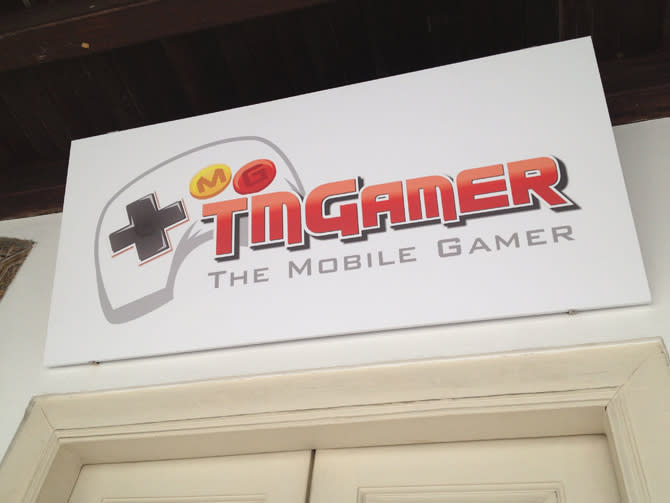How The Mobile Gamer (TMG) Hustles For Growth in Southeast Asia

Singapore-based startup The Mobile Gamer (TMG) has come a long way since it was founded in December 2008. The initial idea for the company was far from what it has become today. The team started off making a Symbian app that provided free games for users and was monetized through advertising. That app proved enough to see them raise S$100,000 from a Singapore government program.
As Alvin and his founders aren’t tech-trained, they had to outsource the development work. Building it was tough, but monetizing the app was tougher. By 2009, TMG had four full-timers on board. The Symbian app idea wasn’t working so Alvin decided to change direction to making Appchemy, a “try before you buy” wrapper for games on Java phones.
For Appchemy, Alvin was working with companies in Indonesia like Telkomsel and Elasitas. The Appchemy idea saw them raise S$500,000 (US$430,000) from Innosight Ventures. However, the mobile market in Southeast Asia is very fragmented, which made a wrapper-style solution tough to scale. Plus, the massive number of mobile content providers in Indonesia also hampered Appchemy’s growth. Alvin told me that he didn’t think Appchemy could scale fast enough.
So in late 2010, TMG started to dabble in mobile browser-based games for feature phones. Alvin recalled that “from [his] understanding of the market, no one [was] actually doing it.” By quarter three of 2010, the first game, Club War was launched and it attracted a couple of thousand downloads. By quarter four 2010, another game, Monster Fight, was launched on mig33, a feature phone first mobile social network. Back then, mig33 had just started as a game platform, and it helped Monster Fight attract more than 1.5 million gamers to date.
Users were gushing in and TMG, naturally, decided to publish even more mobile games. It raised S$1 million ($807,000) in its second financing round, from One97. In 2011, TMG games were growing well on mig33. Besides mig33, TMG was also working with the region’s telcos to distribute its games. At a time when smartphones were booming hot across the world, Alvin said that wasn’t the case for Southeast Asia:
If feature phones cover 70 percent of Southeast Asia, we will meet the need to create relevant games content. If Southeast Asia has more smartphone users, we will switch.
(Also see: Monetizing the Feature Phone Industry)
In 2011, TMG was working on Kotagames as well, a mobile browser-based game platform. While publishing its own games on that platform, it also works with third-party developers including Konami, Nijibox, and Daylight Studio. Alvin always wanted a business with the potential to scale massively. A games platform was his answer. And 100 million users is Alvin’s goal.
To date, TMG has over 6 million gamers playing over 26 games. Kotagames has built up over two million users within just a couple of years. The fast growth attracted Softbank’s interest, as Alvin explains that the Japanese telco wanted to invest in a game company in Southeast Asia. SingTel was also interested, and in the end TMG raised over $1.4 million.

Alvin Yap, CEO and founder of TMG
The journey might seem smooth when it’s written up like this. But the brutal truth was that TMG, on several occasions, was going into a new month without having the money in the bank to pay for the month’s salaries. Life was tough but fulfilling.
Alvin’s advice for fellow entrepreneurs? Sleep more. He said:
Have at least six hours of sleep each day. It keeps you healthy and enables you to run the company better.
The post How The Mobile Gamer (TMG) Hustles For Growth in Southeast Asia appeared first on Tech in Asia.



